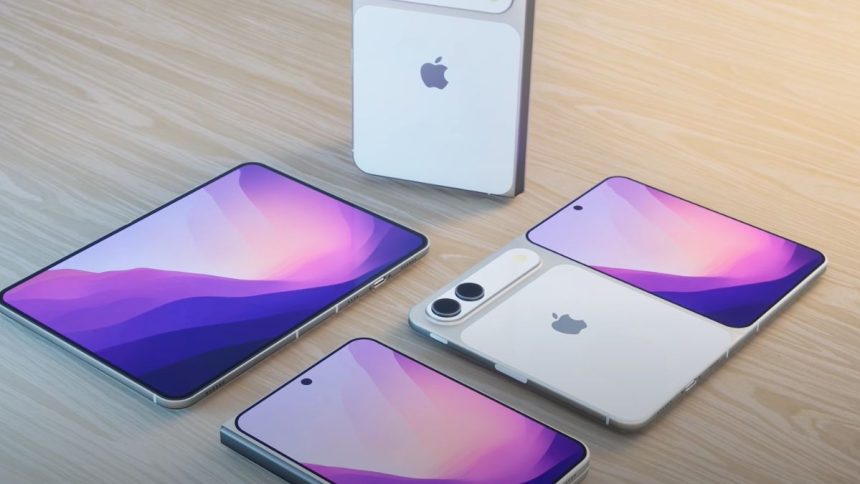Apple’s highly anticipated entry into the foldable device market has hit a slight snag, with reports indicating that its plans for a large foldable device have been delayed. However, the company’s foldable iPhone remains on track for a 2026 release, according to industry analyst Jeff Pu.
Delay of the Large Foldable Device
While Apple had initially planned to simultaneously mass-produce both the foldable iPhone and a larger foldable device—rumored to be a hybrid between a MacBook and an iPad—the latter has encountered delays. The reasons behind this postponement remain unclear, with no specific cause disclosed by analyst Jeff Pu in his recent research note cited by MacRumors.
One speculation is that Apple may prefer not to launch two foldable devices at once to avoid market saturation or cannibalizing each other’s sales. Considering the foldable iPhone is expected to carry a hefty price tag, Apple may want to gauge consumer reception before pushing forward with the larger foldable.
The Large Foldable: What Could It Be?
Rumors around Apple’s large foldable device paint an intriguing picture. Some analysts, including renowned industry insider Ming-Chi Kuo, have suggested this device could resemble a MacBook, blending laptop and tablet functionalities in a foldable form. Bloomberg’s Mark Gurman adds that Apple might be working on a 20-inch foldable iPad slated for a possible launch in 2028, while analyst Ross Young expects a foldable iPad to arrive between 2026 and 2027.
Foldable iPhone Still on Track
Despite the delay of the larger device, the foldable iPhone is progressing smoothly. Display production has already commenced, pointing to a 2026 launch timeline. The foldable iPhone is expected to be priced around $2,000, positioning it as a premium, luxury device.
Apple’s Position in the Foldable Market
Apple is entering the foldable device scene relatively late compared to established competitors like Samsung. Since unveiling their first foldable smartphones several years ago, Samsung has transformed the foldable concept from a niche gimmick into a popular mainstream category. The Galaxy Z Fold 7 recently broke pre-order records, proving widespread consumer acceptance.
Apple’s brand strength, loyal fanbase, and reputation for design excellence may play a significant role in the success of its foldable iPhone. However, the high price point and the novelty of the form factor will pose challenges.
Looking Ahead
Apple’s cautious approach in staggering foldable device releases indicates its intent to carefully manage market dynamics and consumer expectations. While the larger foldable device faces delays, the spotlight remains firmly on the foldable iPhone, which promises to deliver Apple’s unique take on foldable technology when it arrives next year.
As foldables continue to gain traction, the coming years will be critical for Apple to establish itself as a key player in this evolving segment.






